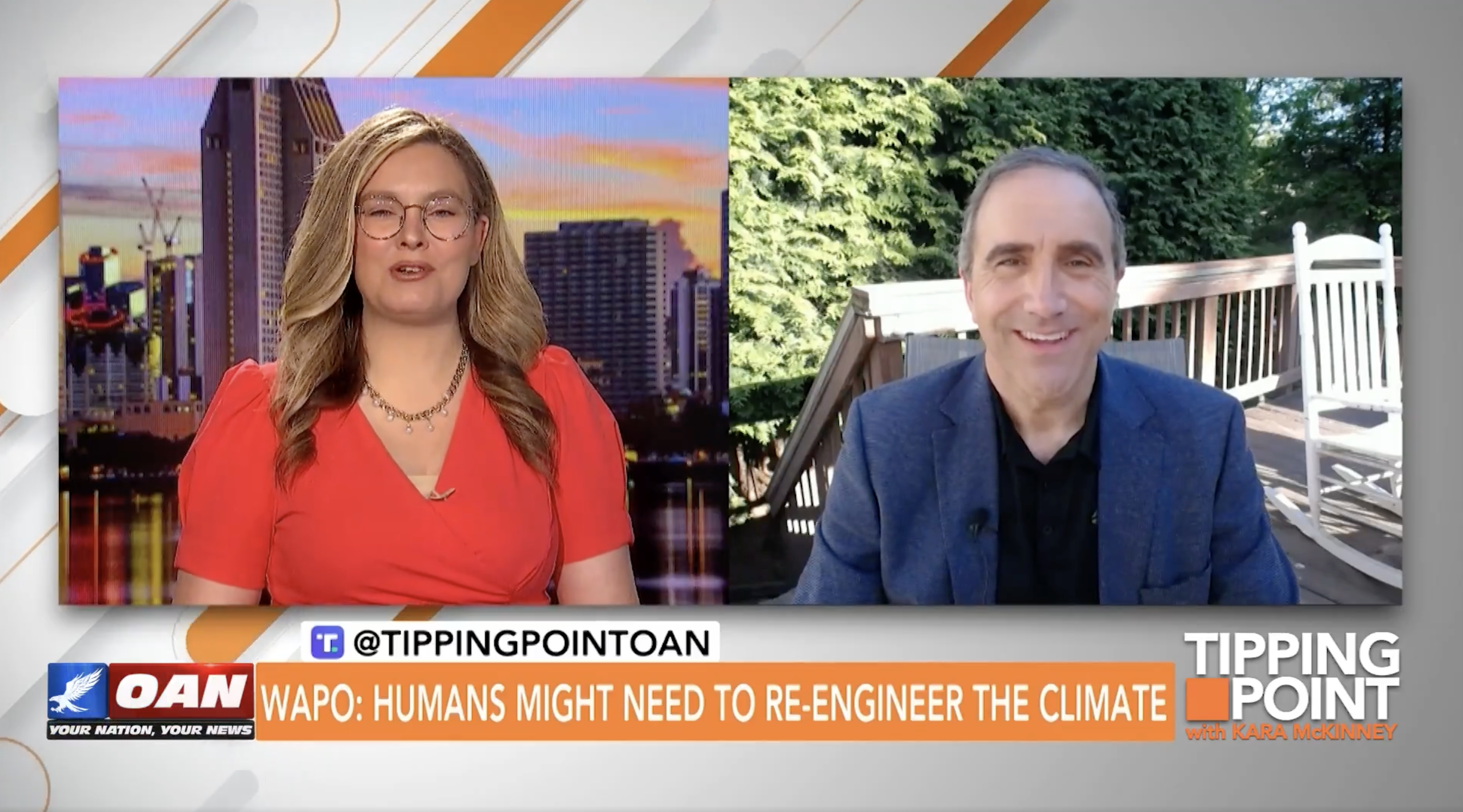https://www.pv-tech.org/us2-7-trillion-annual-investment-required-for-global-net-zero-by-2050/
By Simon Yuen
At least US$2.7 trillion must be invested in renewables, infrastructure and energy transition technologies annually to achieve global net-zero emissions by 2050, according to energy research company Wood Mackenzie.
In its Energy Transition Outlook 2023, Wood Mackenzie outlines three scenarios about energy transition. In the 1.5 degree scenario, carbon emissions should align with the most ambitious goal of the 2015 Paris Agreement, while low-carbon hydrogen and carbon removal technologies will play a significant role.
Electricity share of final demand will rise to 50% by 2050 too, according to the 1.5 degree scenario.
In the 2 degree scenario, a total of US$1.9 trillion needs to be invested each year. Wealthier countries will reach net-zero by 2050 while global net-zero will be realised by 2070.
The 2.5 degree scenario will also require annual spending of US$1.9 trillion, although the world will still be on track for an average temperature increase of 2.5 degrees Celsius by 2100.
The study also states that renewables account for 70-90% of supply to offset the decline in thermal power across scenarios.
However, no major country is currently on track to meet their 2030 emissions reduction goals, according to the report. Wood Mackenzie suggests countries worldwide must address obstacles including permitting restrictions and constraints in the electricity supply chain.
The financial landscape is also less favourable for increasing renewables capacity as high interest rates, global cost inflation and supply chain issues are slowing the pace of the implementation of renewables.
There is also the issue that many of the most straightforward locations for solar and wind developments already host renewable power projects. The next phase of growth will require investment in grid infrastructure and interconnections in more remote areas.
“The supply of low carbon energy has grown by a third since 2015, but the world’s energy demand has grown much faster with rising incomes and populations,” said Simon Flowers, chairman and chief analyst at Wood Mackenzie.
“The good news is that sustainability is alive and kicking, spurred on by policy including the introduction of the US Inflation Reduction Act (IRA) and Europe’s REPowerEU. Achieving 1.5 degrees Celsius is going to be extremely challenging, but it is possible and greatly depends on actions taken this decade,” he added.
#
World needs $2.7 trillion annually for net zero emissions by 2050, Wood Mackenzie report says
LONDON, Sept 14 (Reuters) – Global investment of $2.7 trillion a year is needed to achieve net zero emissions by 2050 and avoid temperatures from rising above 1.5 degrees Celsius this century, a report by consultancy Wood Mackenzie said on Thursday.
Scientists have said the world ideally needs to limit global average temperature rise to 1.5C this century to avoid catastrophic effects from climate change. Many governments have pledged to reduce emissions to net zero by mid-century to help achieve this.
Net zero refers to cutting emissions to as close to zero as possible with any remaining emissions re-absorbed from the atmosphere, by oceans and forests, for example.
Governments’ existing emissions cut pledges would fail to stop global temperatures from rising over 1.5C, and would likely put the world on track to warm by 2.5C by 2050, according to the United Nations.
“Achieving 1.5C is going to be extremely challenging, but it is possible and greatly depends on actions taken this decade,” said Simon Flowers, chairman and chief analyst at Wood Mackenzie.
“Oil and gas still have a role to play as part of a managed transition. There will be a natural depletion as low and zero carbon options develop but supply still needs to be replenished as we move towards net zero,” said Prakash Sharma, vice president at Wood Mackenzie, and lead author of the report.
#
Winning the race against climate change will cost the world $2.7 trillion per year, energy bosses have been told.
The price of net zero covers more than a billion electric cars and enough wind and solar power for two thirds of the world’s needs.
The figure was calculated by analysts at Wood Mackenzie, which advises the energy sector, in a report published on Thursday.
They are looking to Cop28 in Dubai to “build consensus” around a vast revamp of the world economy towards renewables, hydrogen and carbon capture.
The UAE has made “fixing finance” and “fast-tracking the energy transition” two of its four priorities for the summit.
The global aim is to limit the rise in temperatures to 1.5°C. The scientific consensus is that climate change will be far more severe if the world gets any hotter.
“Achieving 1.5°C is going to be extremely challenging, but it is possible and greatly depends on actions taken this decade,” said Wood Mackenzie’s chief analyst Simon Flowers.
The research says current policies would lead to 2.5°C of warming. It says spending on net zero needs to more than double to bring that projection down.
Pledges in the lead-up to Cop28 could improve the forecast to 2°C but the amount of money being invested is half a trillion dollars short per year, according to Wood Mackenzie’s findings.
Plugging the gap is estimated to cost $2.7 trillion per year – more than the gross domestic product of most countries – or about $75 trillion between now and 2050. Most of the money is needed to run the world with clean power.
The projection is that solar and wind power would have to provide 63 per cent of our energy in a 1.5°C world, compared to 13 per cent now. The world would need to use half a billion tonnes of hydrogen, currently produced in small and expensive quantities.
The number of electric vehicles would have to rise from 43 million to well over a billion – a more than tenfold increase – with twice as much lithium needed to produce batteries.
Prakash Sharma, the report’s lead author, said some oil and gas would still be used but would be surpassed by electricity as the world’s main energy market. He said there would be a “natural depletion” of fossil fuels as cleaner fuels develop.
Where to find the money to fund the net-zero push is sure to be a matter of debate at Cop28. The developing world has long campaigned for richer countries to shoulder more of the burden, citing their outsize historical contribution to climate change.
Wealthy nations say a long-delayed pledge of $100 billion a year for developing countries is finally on track to be delivered this year. There are calls to rethink the global banking system to unlock more funds.




